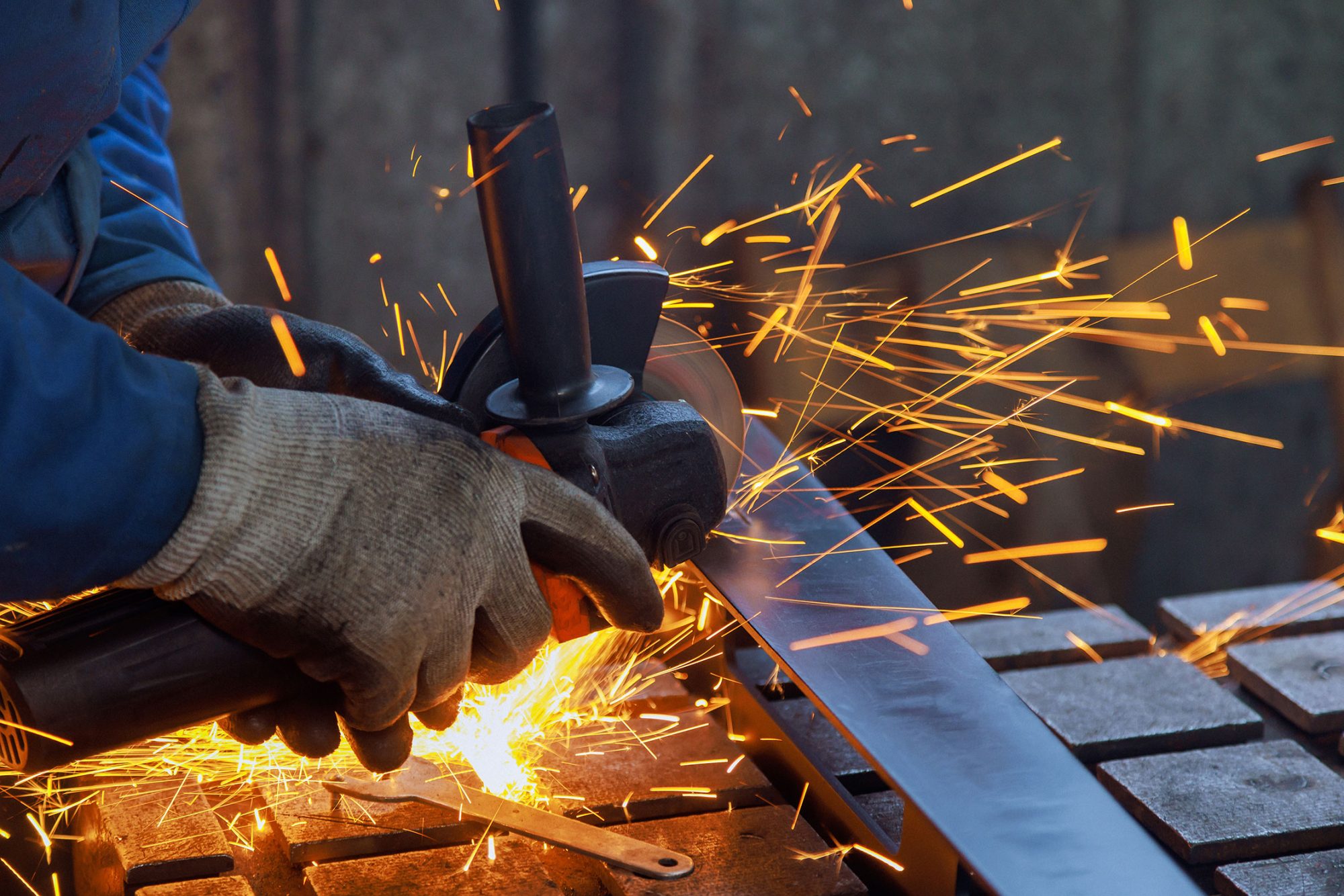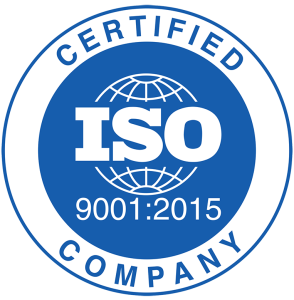Many companies explore the possibility of having steel tubes delivered to them with the intention of cutting them to the required size themselves. This is an understandable approach, as it suggests a potential way to cut costs. However, in our experience, more often than not this approach leads to costly delays, and may necessitate buying replacement steel tubing. Instead, it is a better idea to choose a professional tube cutting service such as the one we offer. Continue reading “The importance of precise steel tube cutting”
Matching High Quality With Speed Of Delivery
In the construction and manufacturing industries, it is essential to refine and streamline the work to the highest level of efficiency possible. Through doing this, businesses can reduce their own costs, which ultimately means they can offer more competitive pricing to customers. Optimised efficiency levels also mean a superior performance level can be achieved. We understand the great value of efficiency in business, which is why we strive to provide a swift response to all our clients’ orders. Continue reading “Matching High Quality With Speed Of Delivery”
Elliptical tubes are ideal for handrails
We understand the importance of supplying tubes in different shapes to meet the individual needs of our customers. Amongst our most unique products are our elliptical steel tubes, which combine a visually pleasing aesthetic with superb strength and durability, making them ideal for many applications. Steel tubes are often used in the creation of handrails. Although they are something we often take for granted and don’t pay much attention to in our daily lives, handrails are actually vital pieces of safety equipment in many settings, providing a simple yet highly effective way for people to stabilise themselves and to minimise the risk of falls from heights. Continue reading “Elliptical tubes are ideal for handrails”
Clean welds and short lead times
ERW steel tubes are used for an array of different applications in a number of sectors, from agriculture to engineering. These components are extremely popular because they are cost effective to manufacture and the tubes can vary greatly in length, diameter, wall thickness and shape. This presents a range of opportunities and means the tubes can be created to suit any specification or task. Continue reading “Clean welds and short lead times”
Manufacturing ERW tubes for furniture construction
Contemporary furniture design demands excellent craftsmanship and meticulous attention to detail. Steel tubes are widely used in furniture making due to the inherent durability and resistance to heat the material possesses. When steel is combined with other materials, it offers immense flexibility to the designer, and enables the construction of unique designs that meet modern, stylish and individual tastes. Continue reading “Manufacturing ERW tubes for furniture construction”
The shape of ERW steel tubes
We are often asked about the specific differences between the shapes of ERW tube products. All of our ERW tubes are initially made from the same high quality flattened and rolled steel, so it may seem that the different shapes are purely for aesthetic purposes, or to fit in with a certain design specification. While this is certainly a factor, it is not always at the forefront of reasons for selecting a specific shape. There are also practical issues to consider when choosing a specific tube shape. Continue reading “The shape of ERW steel tubes”


